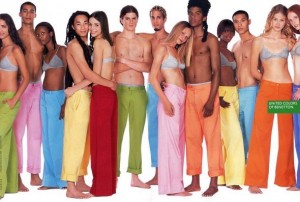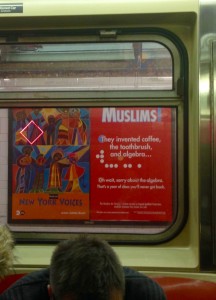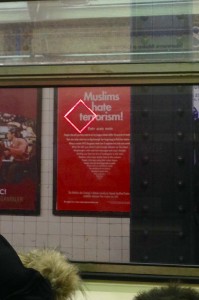When I was in in masters program at UMass Boston, the word assimilation came up occasionally in conversations about how immigrants adapt — or not — to their new cultural, social, and political environments. The old model of assimilation (defined here on Wikipedia) gets a bad rep, in part because it implies that (1) immigrants who come to a new country will invariably acclimate to their new surroundings in a unidirectional fashion, and (2) the receiving society by definition provides the cultural target that guides the process of adaptation. Newer visions, including one I’ve been exploring in a class at the GC with Richard Alba and Nancy Foner, discusses the relationship between individual, interpersonal, collective, and institutional dynamics as ecological conditions in which immigrants and residents in a receiving society interact and influence each other. I’m curious to learn more about some of the following:
(1) How does the political economic climate of any given time shift both public discourse as well as intellectual movements relating to how immigrants are perceived, received, and conceptualized (and, accordingly, humanized or dehumanized)? For example, the challenge to the old assimilation model came, not surprisingly, in the 1960s, when civil rights questions sat right in the middle of civic consciousness.
(2) How does academia overlook the structural barriers that exist to marginalize immigrants in the form of gatekeepers (teachers, employers, local representatives, etc.) and the ways in which their prejudices can unconsciously/consciously structure the outcomes of immigrants’ experiences of assimilation?
(3) How is the acceptance of new valid cultural ways of being — anything from the relatively new attractiveness of people of varied and uncertain cultural backgrounds (the Benetton ads of the 1990s come to mind) to the popularity of
Trevor Noah — relate in part to processes of
commodification under the heading of capitalism and its creation of consumer culture in the U.S.?
(4) What about racism, then? I’m not sure it’s gone. Rather, it seems to fade or flourish depending upon the political economic climate in which people live. At a geopolitical moment of economic uncertainty, fear, and anger, I think people are persuaded by arguments that our stability is further threatened by foreign-language-speaking Brown people, some of whom (according to two of 2016’s presidential candidates, see
here and
here) may be rapists or terrorists. How do the
fluctuations in political economy and public discourse influence processes of assimilation and cultural experience of immigrants who come to this country? How does this change the conversation about topics like equality, access, and inclusion, as well as safety, security, and integrity?
To add a final real-life touch to these thoughts, I’m including a sign I saw on the NYC subway yesterday. It’s a
campaign to poke fun at stereotypes about Muslims. I get it. But it makes me angry that it’s assumed that I’m a racist, a xenophobe, an Islamophobe. And it’s even more insulting to think that Muslims should have to apologize or explain themselves, even in encoded “
jk” form.




